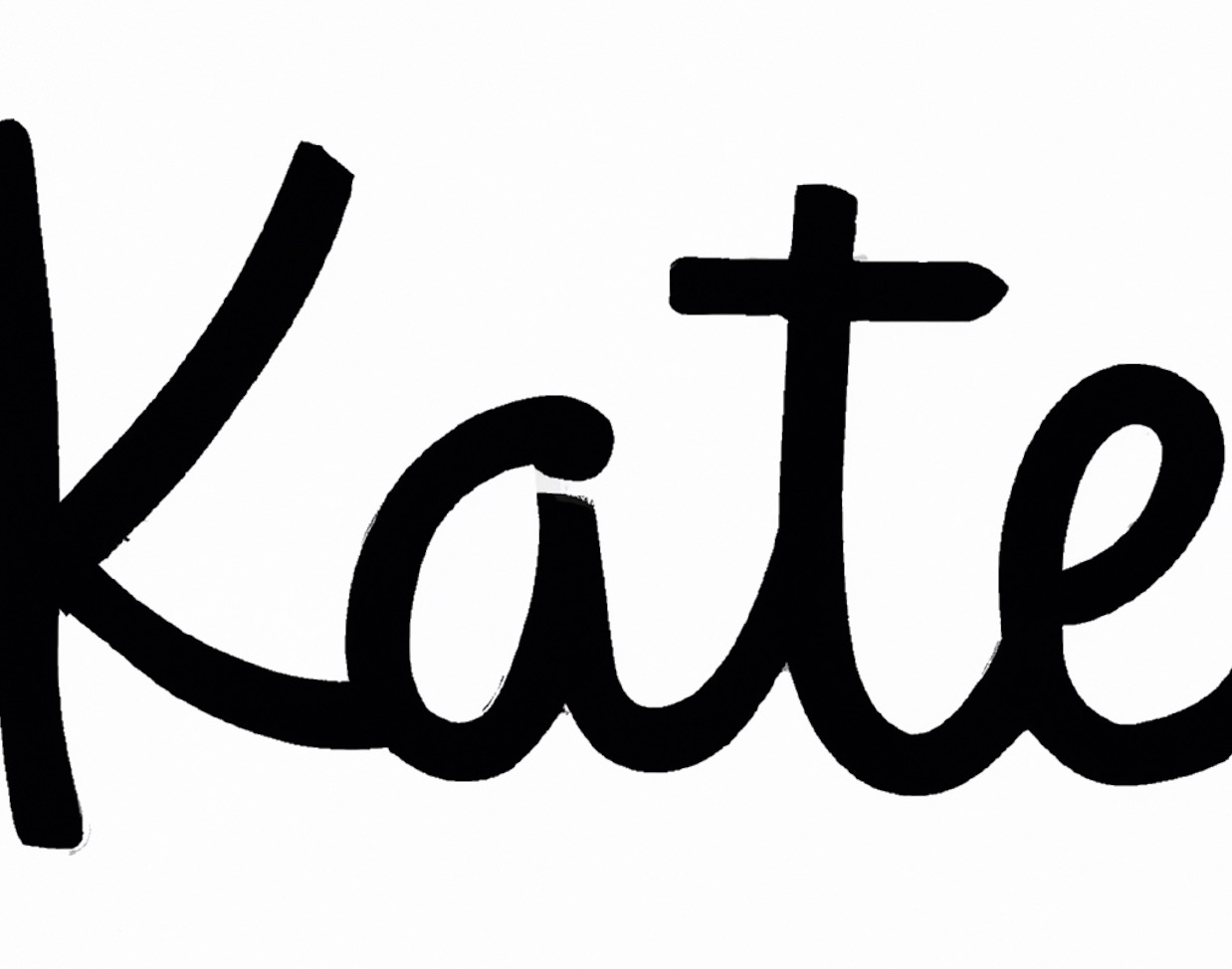When it comes to luxury watches, Versace is a brand that needs no introduction. Known for its impeccable style and sophistication, Versace watches are a favorite among those who appreciate the finer things in life. One of the most important components of any watch is its movement, and in this article, we’ll take a closer look at what movement is in a Versace watch.
What is Movement?
Before we dive into the specifics of movement in Versace watches, let’s first understand what movement actually means. In simple terms, movement refers to the mechanism inside a watch that powers it and makes it tick. A watch’s movement can either be automatic or quartz.
Automatic Movement
Automatic movement, also known as self-winding or mechanical movement, relies on the natural motion of the wearer’s wrist to keep the watch ticking. Inside an automatic watch, there are tiny gears and springs that work together to keep accurate time. As long as the wearer keeps moving their wrist and wearing the watch regularly, an automatic watch will continue to function without needing to be manually wound.
Quartz Movement
Quartz movement, on the other hand, uses a battery-powered electronic oscillator to keep time. The oscillator creates a precise electrical signal that powers a motor which moves the hands on the watch face. Quartz watches are typically more accurate than automatic watches but lack some of the charm and craftsmanship associated with mechanical movements.
Movement in Versace Watches
Now that we have a better understanding of what movement means let’s take a closer look at what kind of movements you can find in Versace watches.
- Automatic Movement: Many of Versace’s higher-end watches feature automatic movements from reputable Swiss manufacturers like ETA or Sellita.
- Quartz Movement: Versace also offers a range of quartz watches, which are often more affordable than their mechanical counterparts.
Complications
In addition to the type of movement, Versace watches may also feature various complications. Complications refer to any additional function that a watch has beyond just telling time. Some common complications found in Versace watches include:
- Date: A simple complication that displays the current date on the watch face.
- Chronograph: A stopwatch function that allows the wearer to time events accurately.
- Moonphase: A complication that displays the current phase of the moon on the watch face.
In Conclusion
When it comes to choosing a Versace watch, understanding movement and complications is essential. Whether you opt for an automatic or quartz movement, each has its own unique benefits and drawbacks.
Complications can add additional functionality to your watch but may also increase its complexity and cost. Ultimately, it’s up to you to decide which combination of movement and complications best suits your style and needs.
